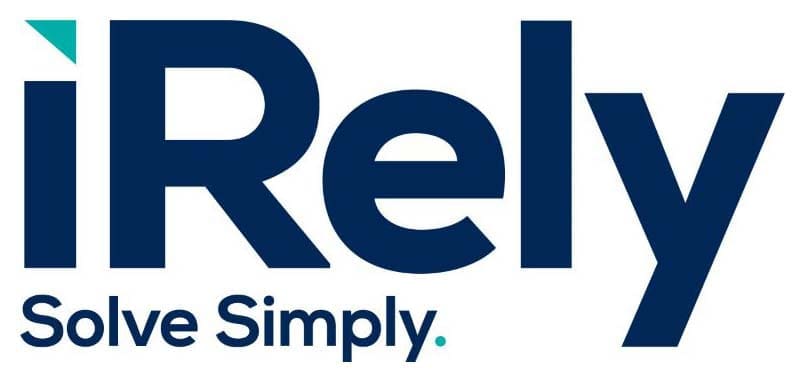Agriculture trading and procurement are challenging because agriculture products require specific weather conditions to grow. With climate change shifting weather patterns, managing crops is becoming increasingly difficult. One heat wave, extended rainfall, or sudden frost can kill an entire crop. Commodities often travel thousands of miles across oceans or continents to reach their final destination, so transportation challenges complicate matters as well.
Each agriculture commodity is unique, so you can’t just pick a CTRM for agriculture or softs and assume it will work well for your company. Prices for different commodities use different units – some are priced by pound, ton, bale, or bushel – and different currencies.
You need a CTRM system that can price your commodity, or commodities, correctly.
Currencies and units of measure are not the only differences. Each commodity has different physical characteristics and rules for trading. For example, coffee and cocoa have unique attributes that must be managed by your CTRM.
Coffee
Coffee is priced based on factors including origin, grades, certifications, and flavor patterns. Terminal markets sometimes use different units of measure than traders and merchandisers. Trading practices can be different in different geographical regions and vary with the type of trade.
The coffee commodity chain is complex and requires flexible logistics CTRM functionality. Your CTRM must manage splitting and combining containers, truckloads, and pallets of bags.
Coffee prices are impacted by consumer tastes and the correlation between Robusta and Arabica coffees is an important factor in pricing. As demand for one coffee increases, the price for that type will rise. However, without an increase in overall coffee demand, demand and price for the other type of coffee will fall. Traders must track pricing of both the type of coffee they normally trade and the type they may rarely trade.
Traceability is a growing area of concern for all coffee merchants. Fair trade certifications, which can include sustainability and fair-trade practices, are increasingly required by major coffee distributors for each bag of coffee traded. You need to capture coffee from origin throughout the supply chain.
Your Coffee CTRM system must manage all these variables.
Cocoa
Cocoa trading and procuring are also complicated. Cocoa is traded on multiple exchanges in multiple currencies, and attributes including bean size, infestation, and certification impact price. The chocolate industry, the primary market for cocoa, also consumes semi-finished products such as cocoa powder, cocoa butter, and cocoa liqueurs. These products are normally traded, priced, and hedged based on their underlying relationship with cocoa.
Cocoa is shipped from small farms in South America and Africa to processing and distribution centers primarily in Europe and North America. If cocoa isn’t properly ventilated while in transit, it will become sweat-damaged. If holds and containers are not properly fumigated, infestations may occur. Cross-infestation from other cocoa on board may occur if the shipping line is not vigilant.
Cocoa CTRM systems must account for these transportation risks.
The cocoa trade has been targeted for fair trade rules and monitoring. The ability to track cocoa production from field to consumer is an increasingly important consideration for traders and industrial consumers such as confectioners and other food manufacturers.
Traceability is essential for a Cocoa CTRM solution.
In CTRM, agricultural and soft commodities are often lumped together as “ags and softs.” This grouping ignores the subtleties and complexities of trading each commodity. It’s true that all ags and softs face climate and shipping challenges, but they also have unique attributes.
You need a CTRM system that can manage all the unique attributes of your commodities, whether that is ensuring sustainability certificates are assigned correctly after a lot has been split or repackaged or maintaining control of cocoa nibs through processing to cocoa butter.
